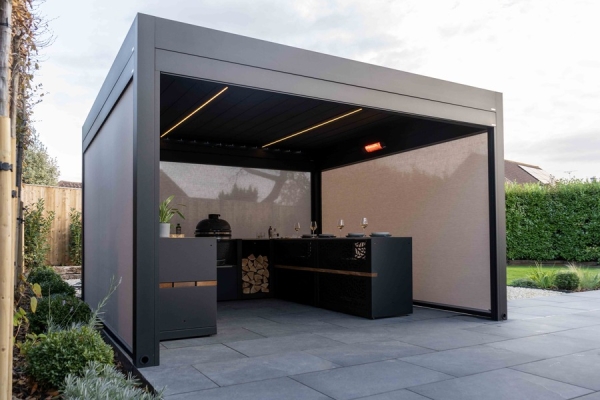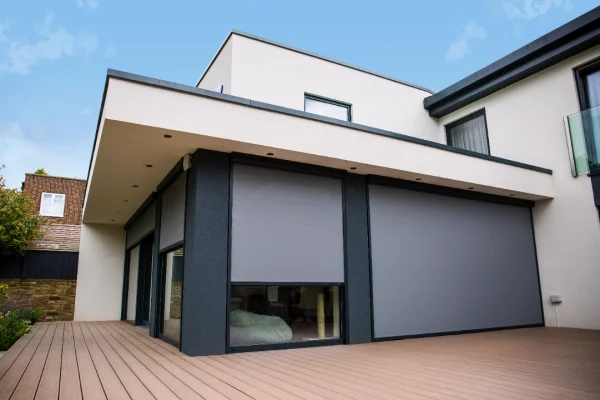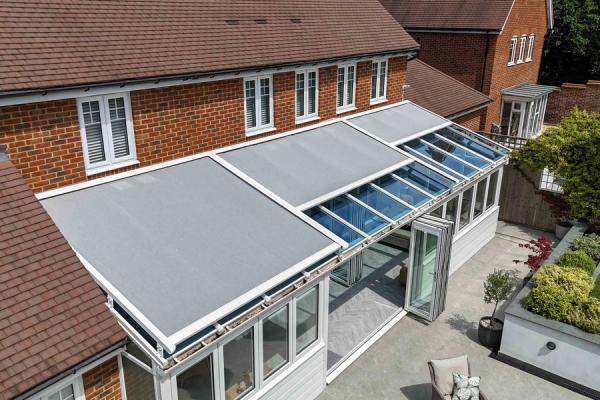No longer viewed as just a place for a few plants, your garden is essentially an ‘outdoor room’ that can be specifically designed to suit your lifestyle, whether you enjoy lounging in the sun, entertaining friends or even cooking!
Although there are multiple elements to consider including seating, plants, shade/shelter and any structural features, your garden should reflect your personality, cater to your needs and importantly, fully utilise the space’s potential.
With this in mind, here are a few main points to remember when landscaping and designing your garden:
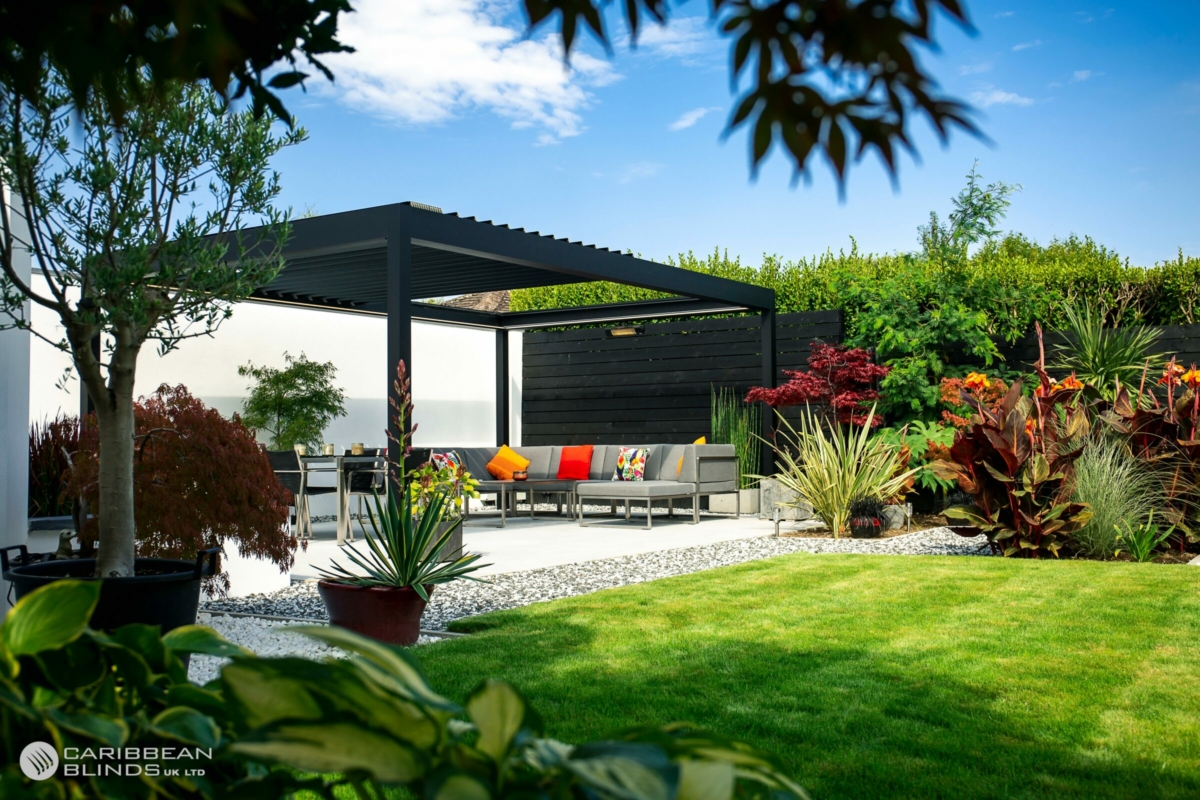
Blend & balance
One of the main principles of garden design is being able to blend and balance your needs and wants with the space you’ve got to play with. Regardless of the size of your garden, you need to consider how the space will be used, when you want to use it and who it will be used by.
Each area within your garden should be specifically designed to fulfil its dedicated purpose. Whether it’s an outdoor kitchen, hot tub or decking area, it needs to incorporate the right elements at the right scale to work effectively, including the use of plants, paving or a structural feature such as a pergola.
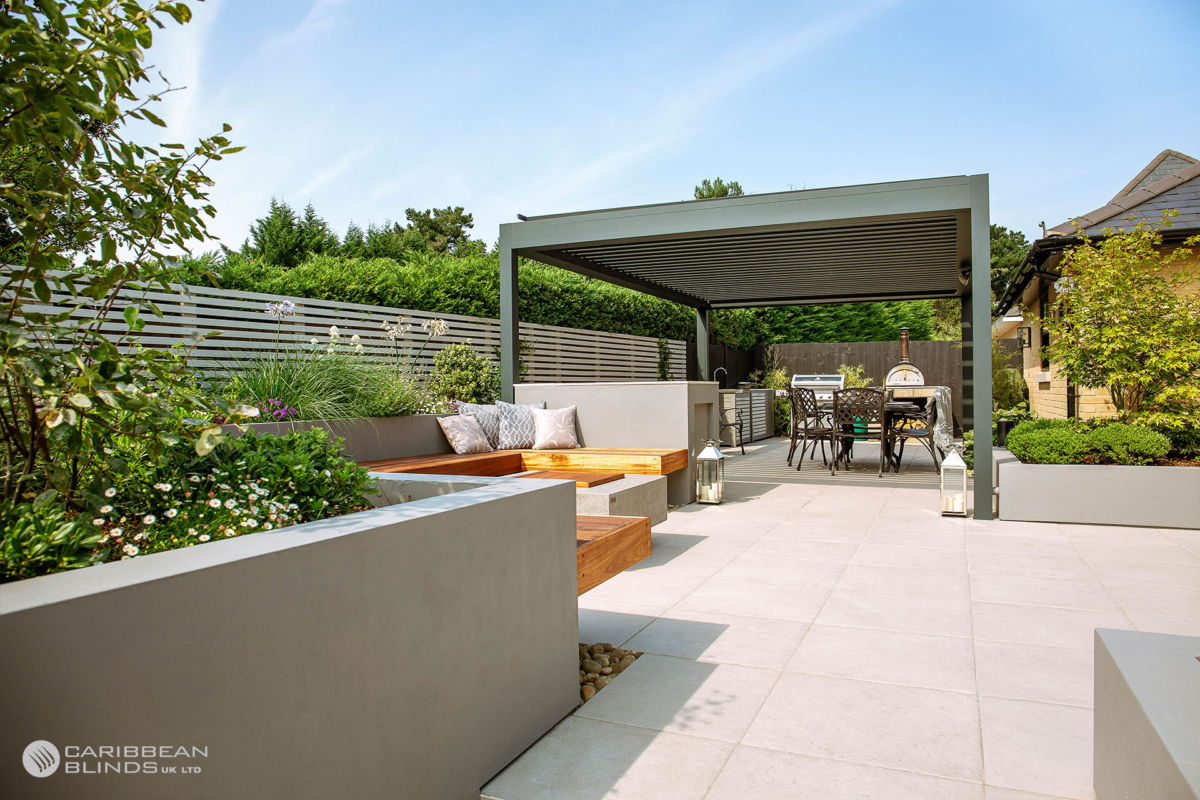
Form follows function
A good place to start the design process is by focusing initially on creating a practical ‘outline’ of your garden, ensuring each area or zone is accessible and interlinked with good circulation.
Spend some time assessing where the sunny/shaded areas are, which areas are open to any prevailing winds and which areas are more sheltered etc. in order to fully understand your outdoor space and what it’s like at all times of the day, throughout the different seasons.
This will allow you to determine a number of factors such as what views can be captured and what shading and screening is required, in turn dictating the ideal placement of patios, paths and seating areas, as well as any vistas and focal points.
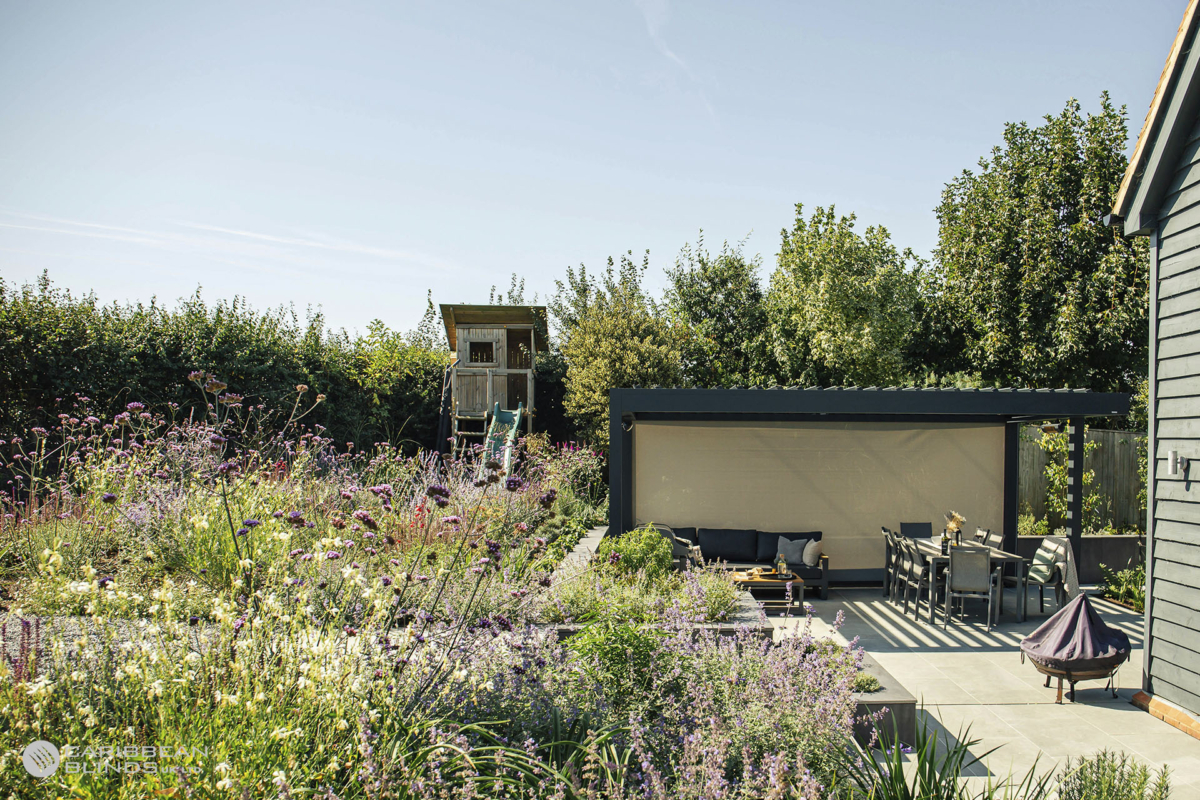
Mass & voids
When designing the outline of your garden, be sure to allow enough room for both the ‘mass’ (planting) and ‘voids’ (patios/lawns). If a patio or lawn is the main focus of your garden design, it should blend seamlessly with the property and incorporate comfortable outdoor seating, as well as a view to enjoy.
Adding plants and materials through specific structural elements such as screens, frames, pivot points or anchors will add colour and texture, resulting in a cohesive, harmonious effect throughout your garden. Any borders should be as wide as possible, so plants are able to develop and thrive in their natural habitat without the need for constant pruning.
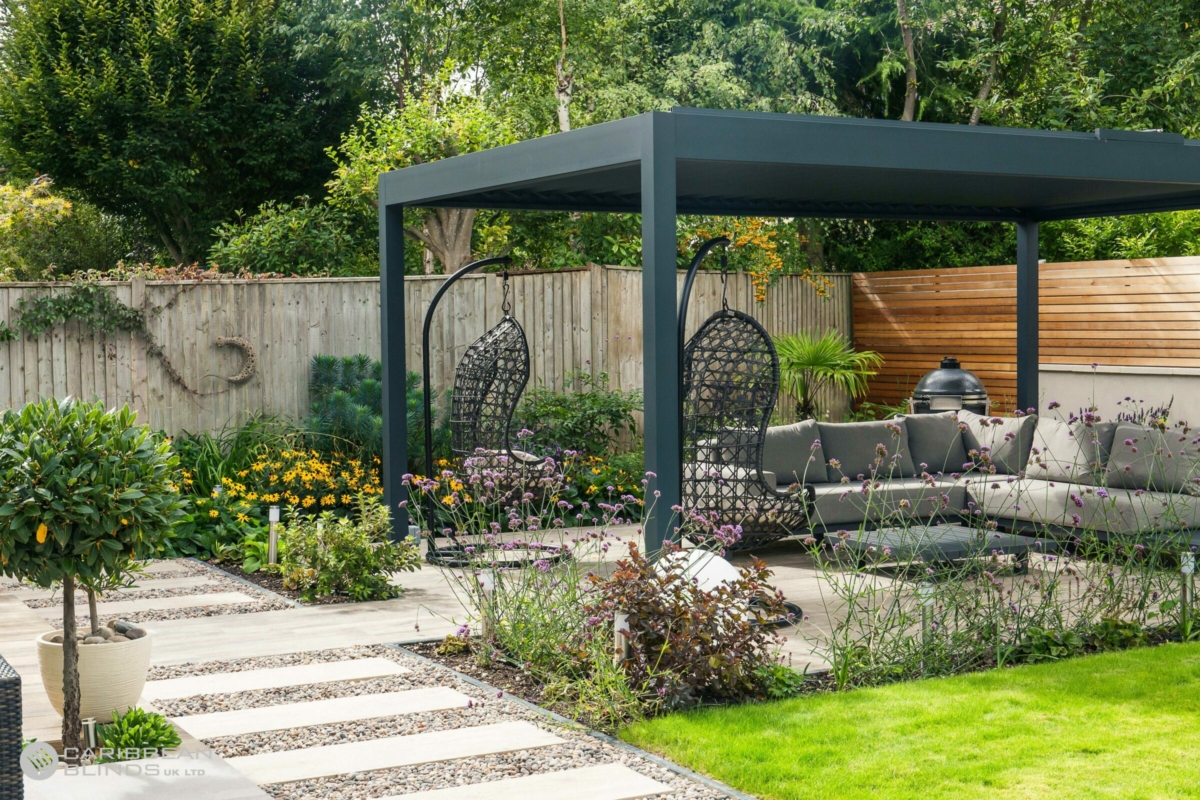
Engagement & personality
A focal point is a great way to create engagement within your garden. The addition of a quirky water feature or large tree can add personality to the space, whereas a statement bench can help define the purpose of the space whilst framing the view and helping focus the eye.
A structural feature such as a pergola will instantly add a strong and striking architectural element to your garden, effectively creating height and a ‘frame’ around a particular view. By incorporating comfortable seating, not only are you adding a practical element to the space but providing a sense of purpose and arrival.
Suited to both a classic or contemporary garden design, a bioclimatic pergola extends the use of any outdoor space by providing instant shelter, whilst permitting you to play with light and shade thanks to the rotating louvered roof. The addition of side screens, LED lighting and infra-red heating will allow you to make the most of your indoor/outdoor living space at all times of the day (or night) and in any weather.
To summarise, through combining your preferred style with the constraints and possibilities of your outdoor space, its location and environment, you can successfully create a unified area that makes sense in its setting. Once your garden design has been successfully implemented, turn your attention to the finishing touches such as styling, using materials and features that are in keeping with the overall theme of the garden and property.


